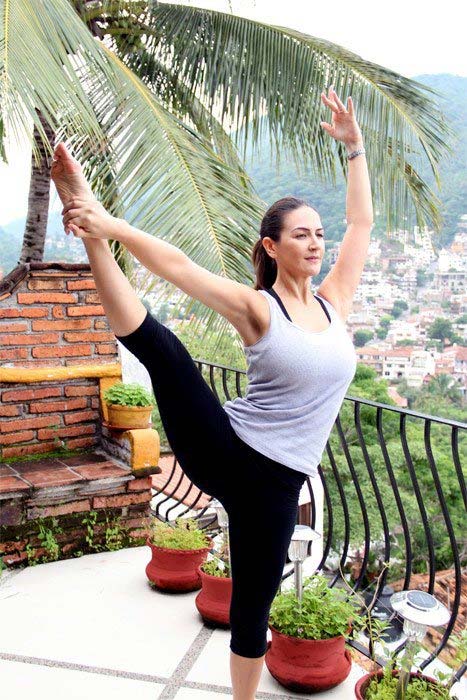Ashtanga Yoga
Ashtanga Yoga Teacher Training in Rishikesh

Ashtanga comes from two Sanskrit words, Ashta, meaning eight, and Anga, meaning limbs. It was developed by Sage Patanjali as one of the styles of yogic philosophy. The eight branches start with observing basic life styles, ethics or principles known as Yamas and Niyamas. These are followed by Asanas, body postures to make the body flexible and prepare for the next level, and then Pranayama, breathing techniques to control the mind and body.
Later on, Prathyahara is practiced, a withdrawal of the senses to study the inner world and their connection with the external world. Next is Dharana, concentration, to settle the mind for meditation or Dhyana, which is preparation for the final stage, Samadhi, the bliss.
Through the first two processes, mental strength is expanded by interpreting the quality of ones own mind and its limitations. Analytical observation of situations starts at this stage and any restlessness of the mind ceases to exist. Imperfections and limitations of the mind are left behind. Intellectual energy grows and becomes helpful in both the professional and personal life. By practicing yoga, one starts enjoying and experiencing life with internal bliss.
In Ashtanga Yoga, all eight branches are important because one must be successful at the current level to move on to the next.
Benefits of Ashtanga Yoga
- Open the full potential of the body and mind
- Increase inner confidence
- Improve mental awareness essential for facing all situations of life
- Asana practice makes the body flexible and physically fit
- Pranayama brings the control of the breath and peace of mind
- Pratyahara brings control of the mind
- Meditation practice leads to experience the stillness of mind
- Experience the calmness of the mind through Samadhi – the last stage in this yoga
